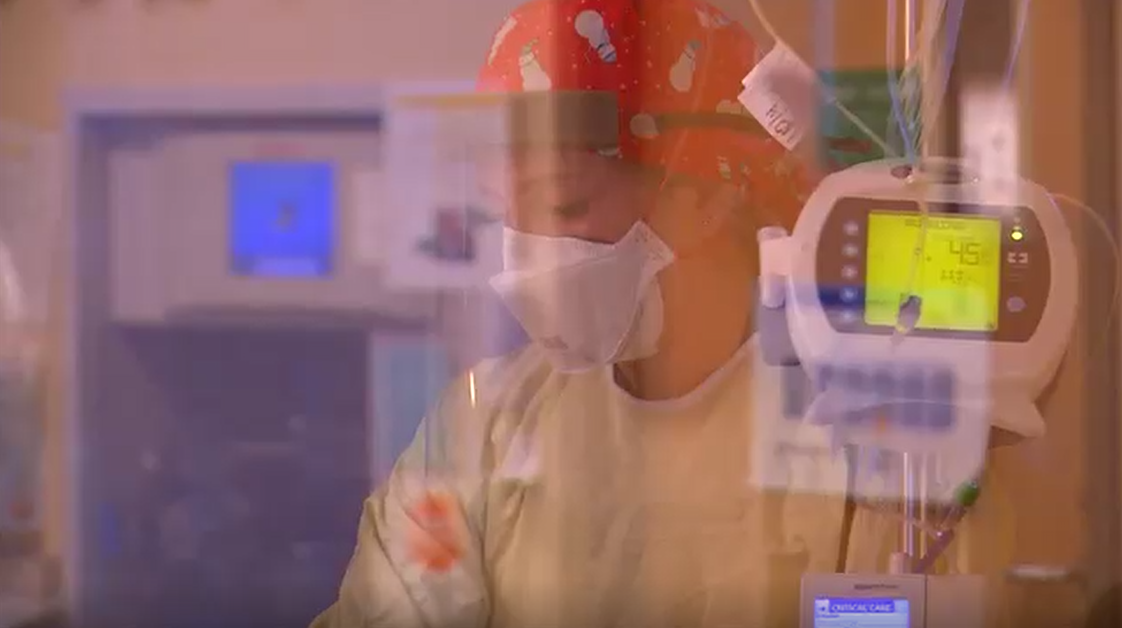Visitors welcomed back, COVID conditions improving at Allina Health
After more than a month, a Minnesota health care system is opening its doors to visitors again.
On Jan. 11, due to the rapid spread of COVID-19, Allina Health moved to “red status,” meaning no visitors were allowed. Tuesday, Allina moved to “yellow status,” — which means now people can visit their loved ones.
[anvplayer video=”5090326″ station=”998122″]
“We’re going to be allowing one visitor per patient, per day,” Molly Clark, system vice president of safety and quality for Allina Health, said.
“It’s better for everyone,” Clark added. “[We’re] really excited to be welcoming visitors back into our hospitals and care settings.”
She says the benefits are not just for the patients, but also for hospital staff — who, in place of family and friends during the recent surge, acted as that missing support unit.
The welcoming back of visitors at Allina is happening as COVID-19 conditions are improving. Key metrics, like cases and hospitalizations, according to the Minnesota Department of Health, are on a sharp decline from the most recent peak in mid-January.

RELATED: Doctors ‘cautiously optimistic’ about declining MN COVID-19 cases
“This is as good of a trajectory that we have seen in some time,” Dr. Mark Sannes, infectious disease physician and executive medical director with HealthPartners, said.
“I think cautious optimism is really where we’re at, and I think it’s appropriate to be optimistic right now,” Dr. Sannes added.
When asked about this trend, the Minnesota Department of Health shared the following statement:
“The decrease in hospitalizations is very encouraging and we hope that we will continue to see improvement. The number of people being hospitalized with COVID is still high though, and although there is less virus circulating, the amount of virus in our communities is also high, so we are not “in the clear” yet. Because the virus will continue to evolve, and immunity that prevents infection does not appear to be life-long with this virus, we need to be prepared for additional waves of COVID in the future.”